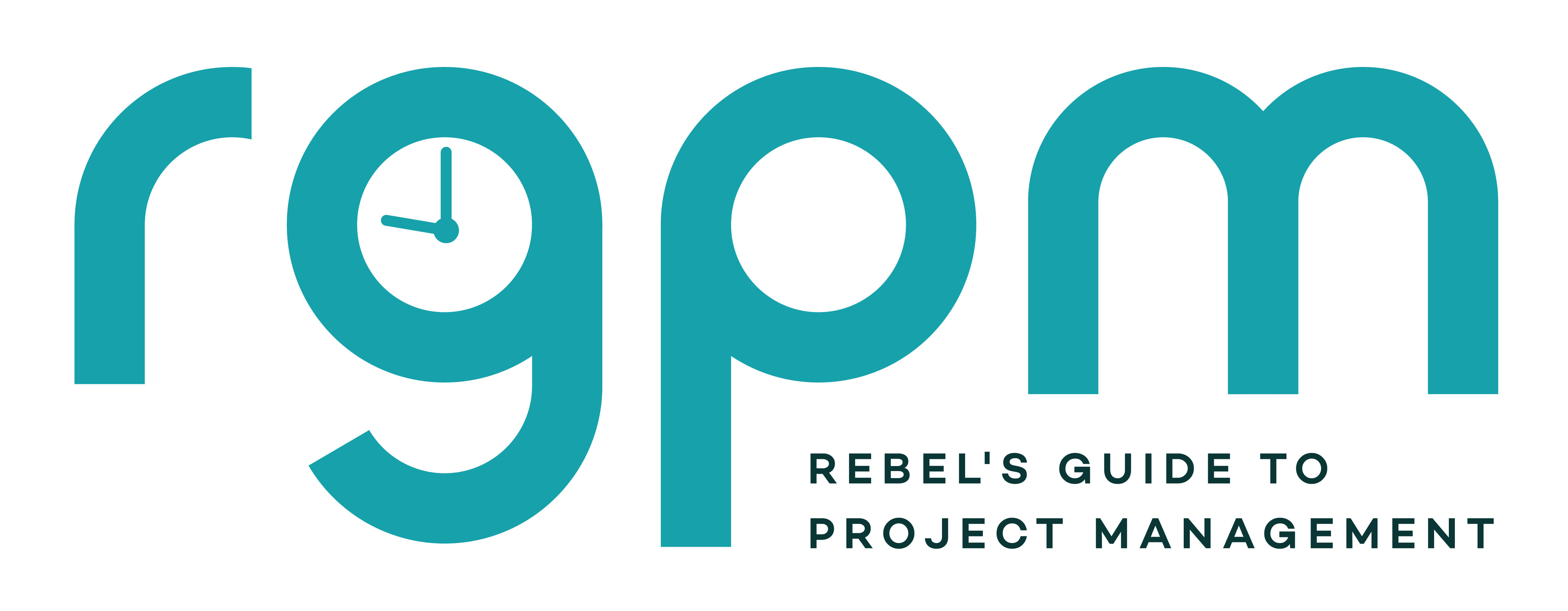Status reporting might have helped Gypsy Moth IV
You might remember I have written before about the Gypsy Moth IV project. It was a project to restore Sir Francis Chichester’s yacht and sail it around the world. Unfortunately, the objectives of the project have now changed considerably. Gypsy Moth IV ran aground and now the objective is to salavage something good from the project. One of the most famous sailing boats ever, she was recovered safely but she’s seriously damaged so now the challenge is to see how she fares after a £220,000 repair job in New Zealand.
Yachting Monthly reported that after an investigation, the UKSA found that the crew of the yacht didn’t take regular bearings so they didn’t realise they were drifting off course towards the reef where they eventually grounded. It’s recommended to do status reporting hourly on that type of journey and if they had, they would have noticed what was happening.
Hourly status reports for most projects would be overkill, but it’s a good lesson. As project managers, we spend a 10% of our time chasing progress reports, which works out about 16 hours a month. Team members spend 12 hours a month reporting their progress. So it’s important that what they tell us and what we record is actually accurate. Real-time reporting is a thing of myth. The act of writing a report changes your status and takes up time so you are never broadcasting your current position. However, your reports should never be more than a week out of date by the time they reach the person destined to read them. With most time tracking systems running on a weekly basis this shouldn’t be a problem. It’s not difficult to make your reports clear and easy to understand.
Think about who your audience is and what they need to know. Don’t forget one of the audiences is yourself. The action of writing things down makes them clearer for you.
If you report regularly you should be able to spot where things are going awry. With hindsight, it’s always easy to say you would have noticed things and done them differently, but perhaps if the Gypsy Moth crew had done the reports they would have acted differently, instead of ending up reacting to a crisis.
